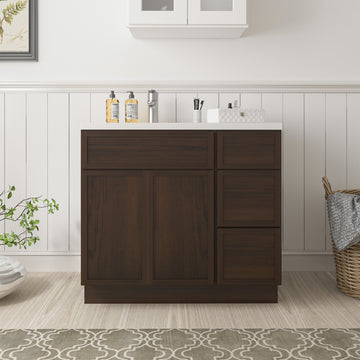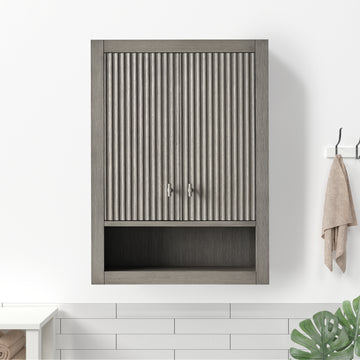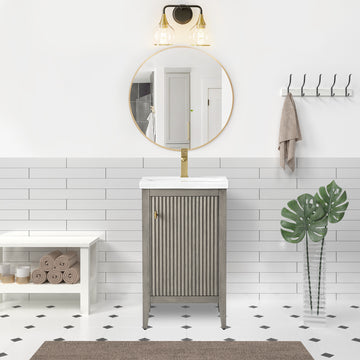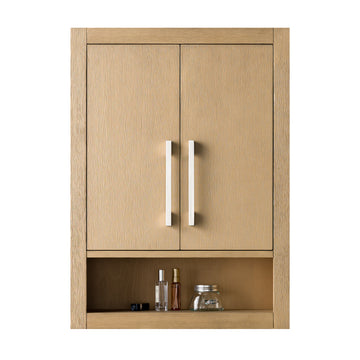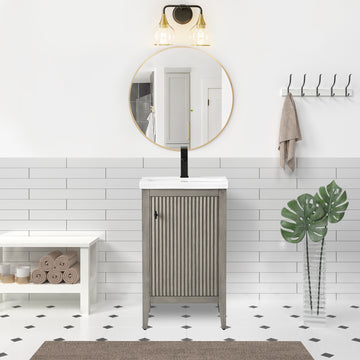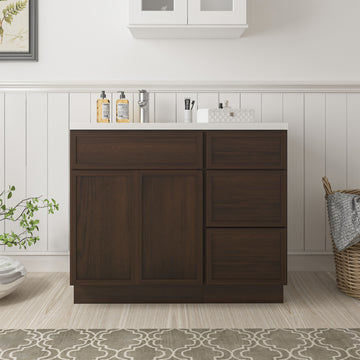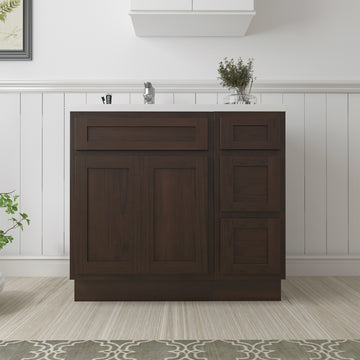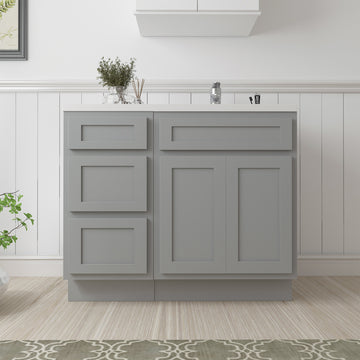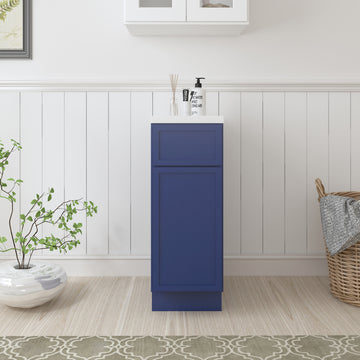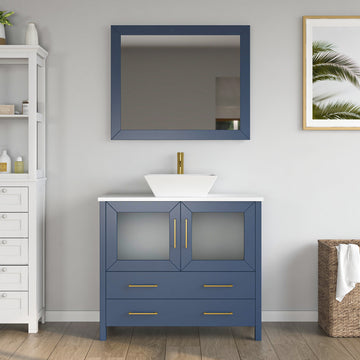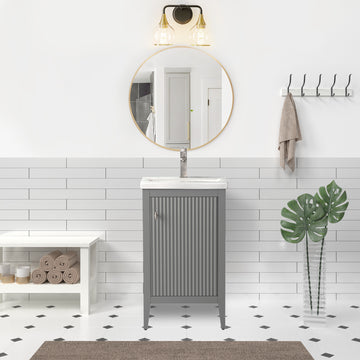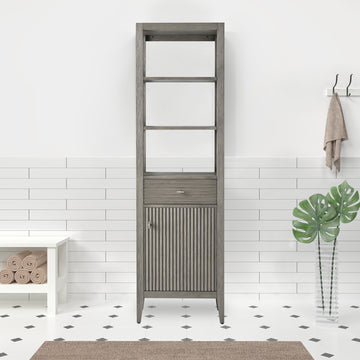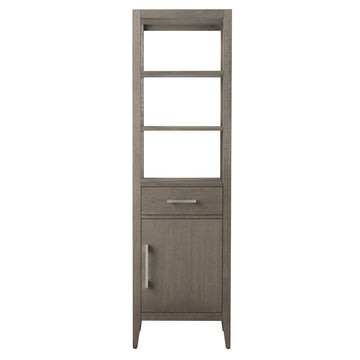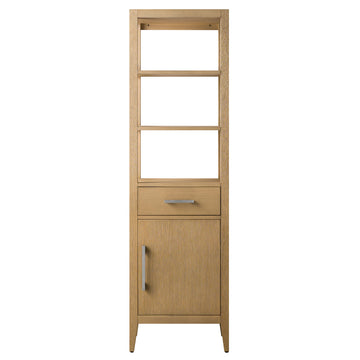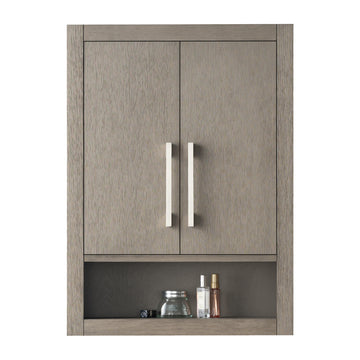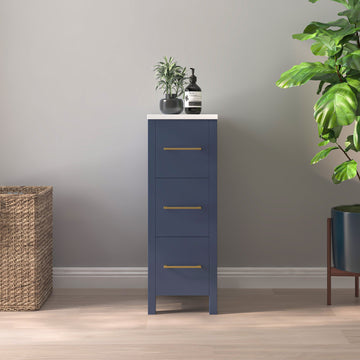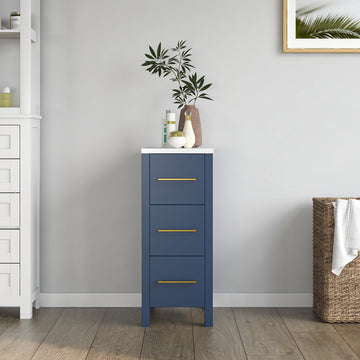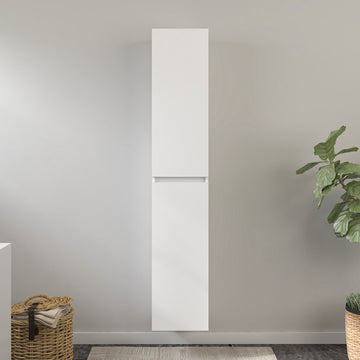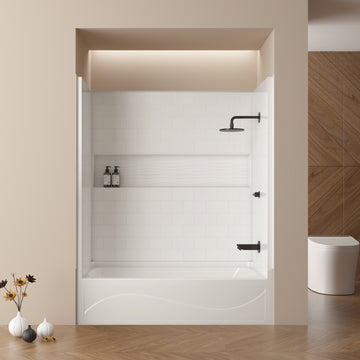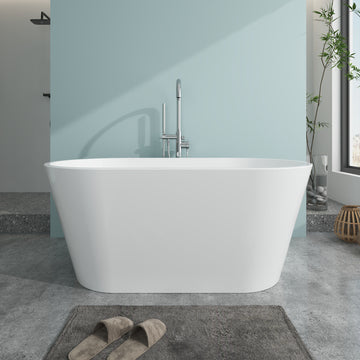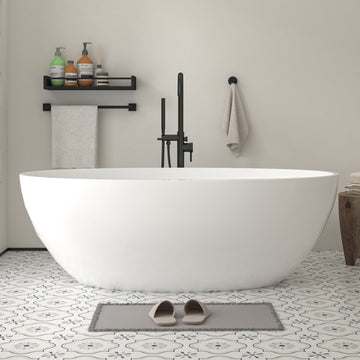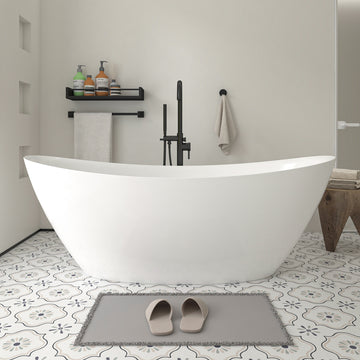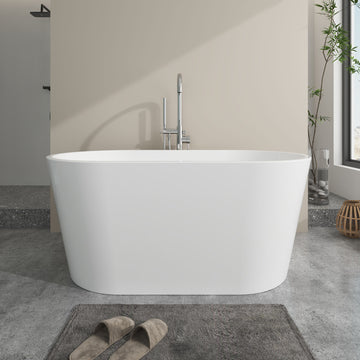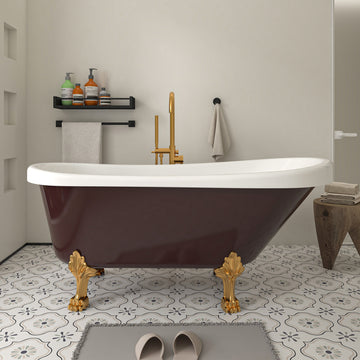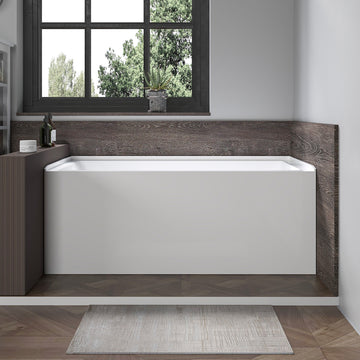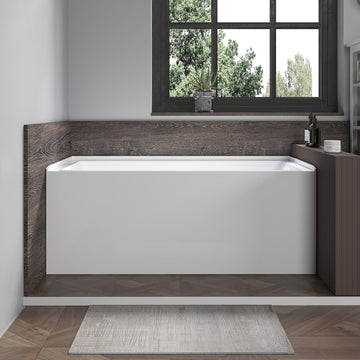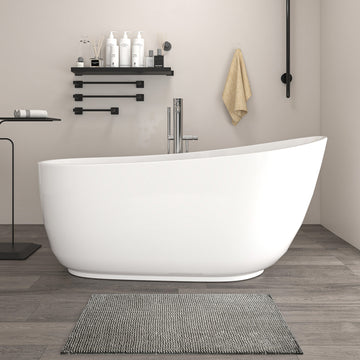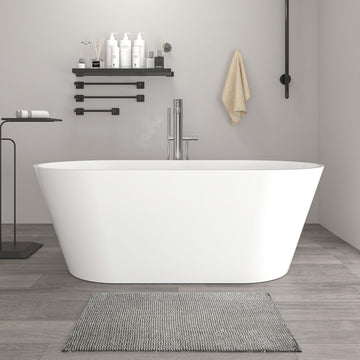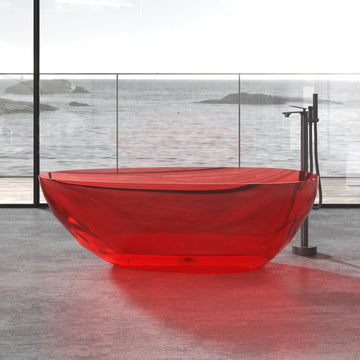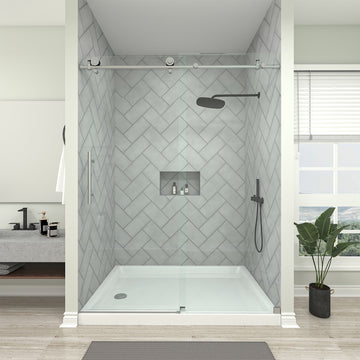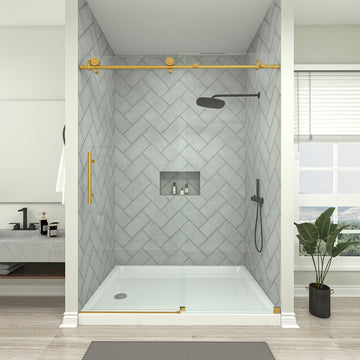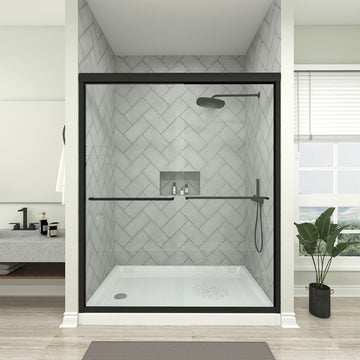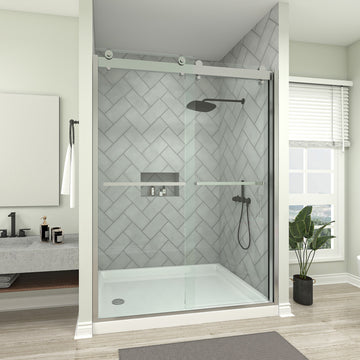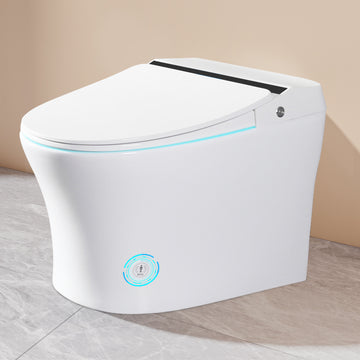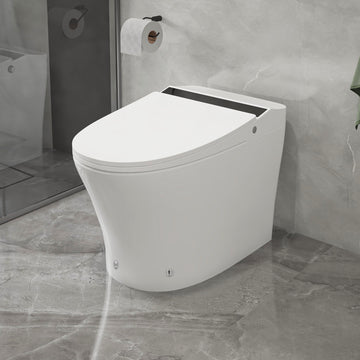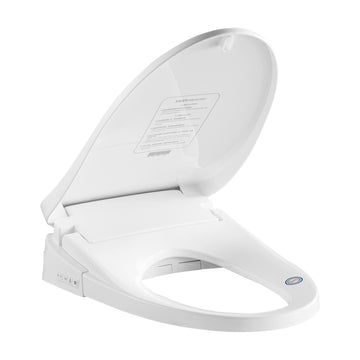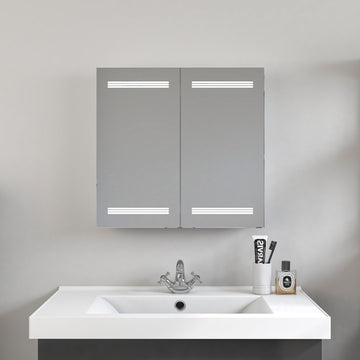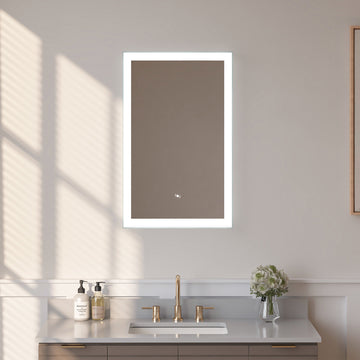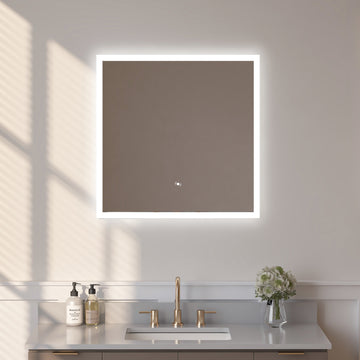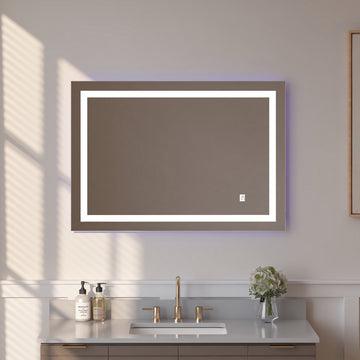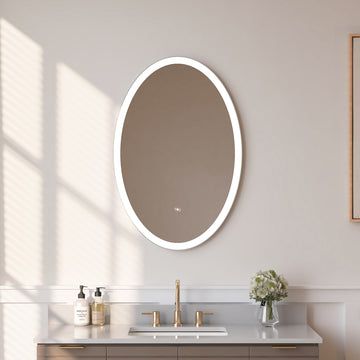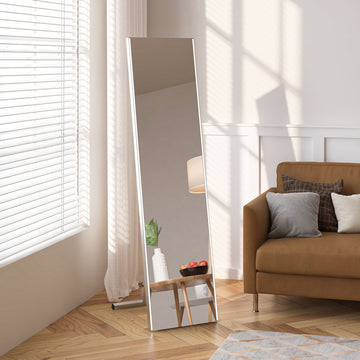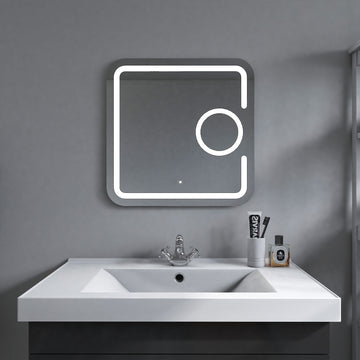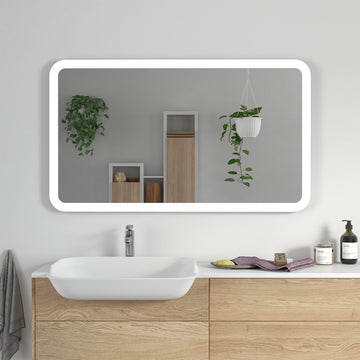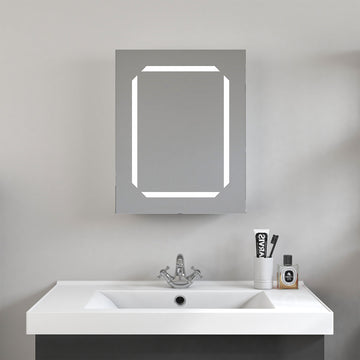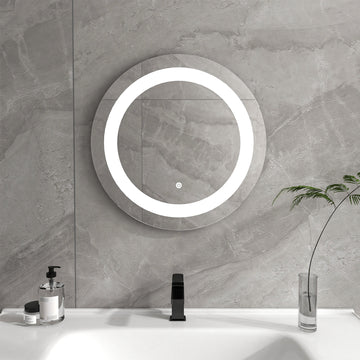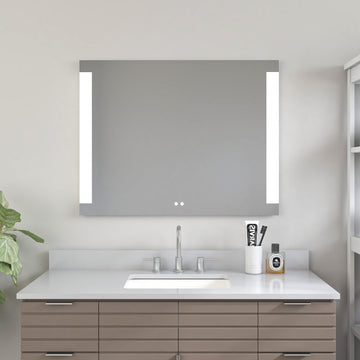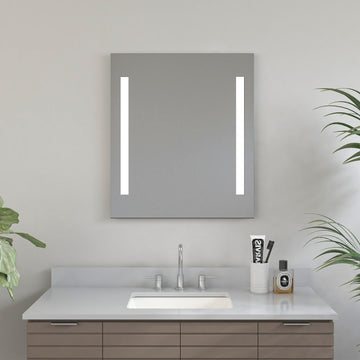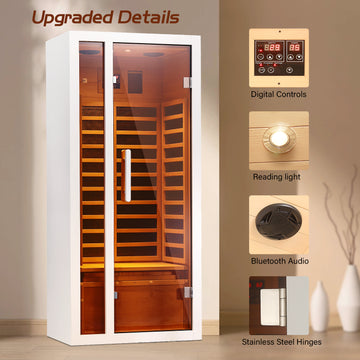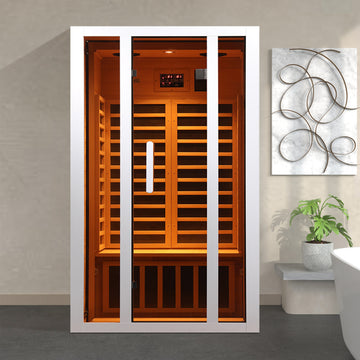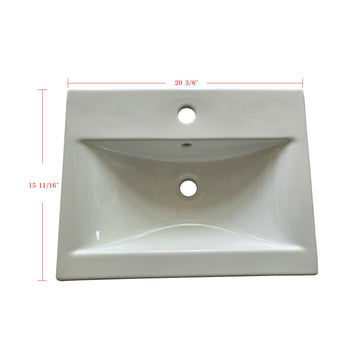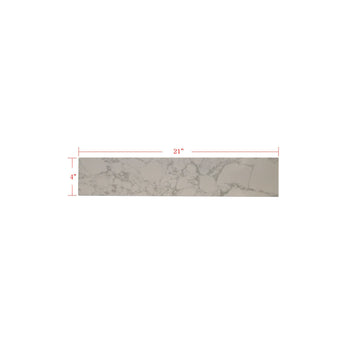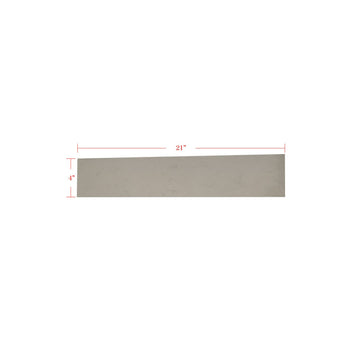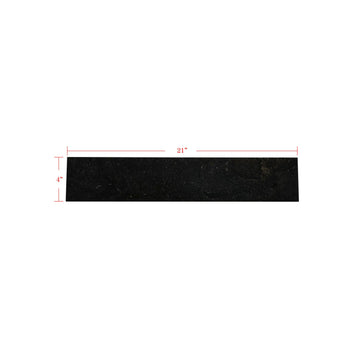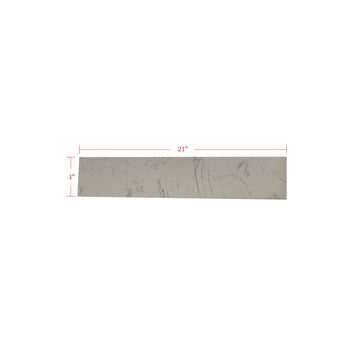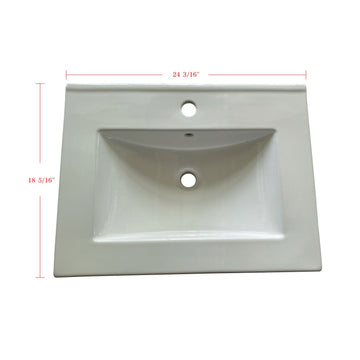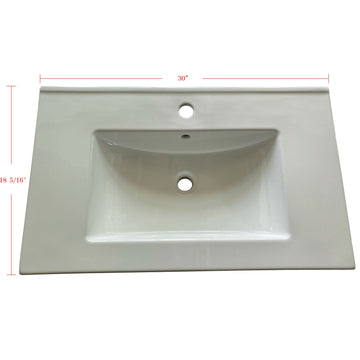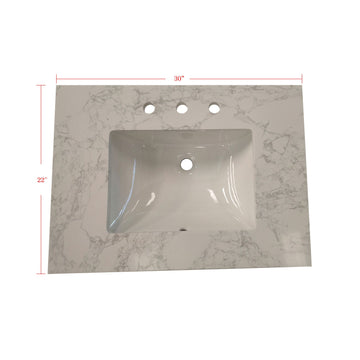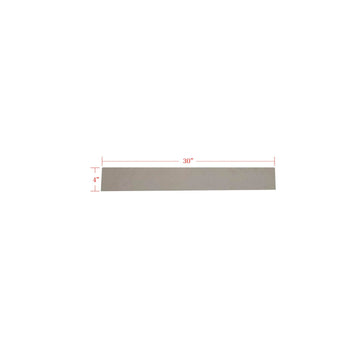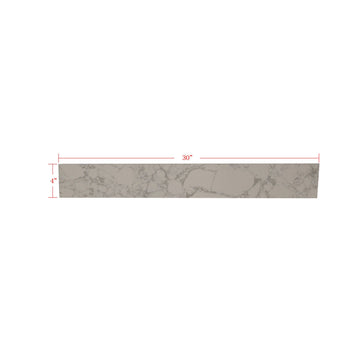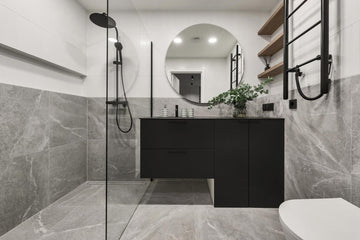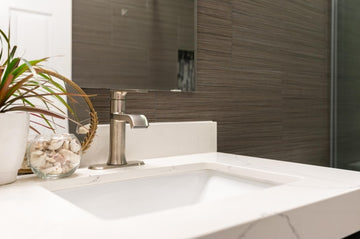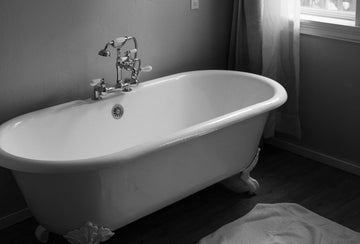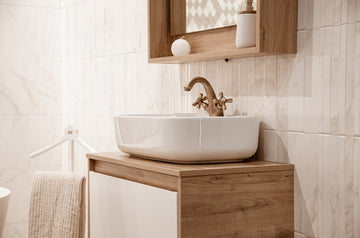An overflow drain is something you’ll see in almost every bathtub and sink. It serves as a protection in case the water level gets too high. It is a necessary measurement in any household, a no-brainer to have installed.
Overflow drains can, like any other equipment, wear out. And you should always keep an eye on them. If they stop working or are much slower to drain water, it might cause some serious issues.
In this article, we will discuss overflow drains more in-depth, helping you understand how they work and when to consider repairing or replacing them.
What is an overflow drain
A bathtub overflow drain is the small, often circular opening located high on the inner wall of the tub, just beneath the faucet. It helps catch water before the tub overflows. If someone forgets the water is running or overestimates how full the tub can get, the overflow drain acts as a backup route, sending excess water into the same drainage system as the main tub drain.
While it’s a passive feature, it’s an essential one. Especially in homes with children, older plumbing, or anyone who’s ever been distracted mid-fill. Most tubs come with a built-in overflow drain as part of standard plumbing design, and many building codes require them for safety and water damage prevention.
How does the overflow drain work?
The overflow drain connects to a vertical pipe hidden behind the bathtub wall. This pipe runs down and joins the main drainpipe that carries water out of the tub. When water in the bathtub reaches the height of the overflow opening, it flows through that opening and into the connected pipe, bypassing the main drain at the bottom.
There’s no moving part involved. The process relies entirely on gravity. As long as the overflow opening isn’t blocked and the plumbing is intact, excess water will flow away automatically. In most setups, the overflow drain and the main drain share a T-shaped fitting behind the wall, allowing both to empty into the same drainage line. This design keeps the system compact and efficient, while also providing a secondary safeguard against overfilling.
Types of overflow drain
There are, despite minor differences between different kinds of overflow drains. While they all serve the same purpose of redirecting excess water before it spills onto the floor. There are a few different types that vary in design, function, and installation style. The type of overflow drain your bathtub has can affect both the look of your tub and how easily it can be maintained or replaced. Below are the main types you’re likely to encounter:
Traditional faceplate overflow
This is the most common and widely used type. It features a visible metal or plastic cover plate mounted on the inner tub wall, typically held in place by one or two screws. Behind the plate is the overflow opening itself, which connects to the drainpipe behind the tub.
-
Pros: Simple, functional, and easy to replace
-
Cons: Always exposed; can trap grime and soap scum
-
Best for: Standard alcove bathtubs or budget remodels
Some traditional faceplates also include a trip lever, which allows the user to open or close the main drain using a lift-and-turn mechanism inside the overflow pipe. This adds a level of convenience but also introduces more moving parts that can eventually wear out or need repair.
Slotted overflow drain
This type has a slimmer, elongated opening that’s often integrated into the tub wall rather than covered with a round plate. Slotted overflows tend to look more modern and minimalist, often used in contemporary bathtub designs.
-
Pros: Sleek appearance; allows higher water levels before draining
-
Cons: More difficult to access and service; may cost more
-
Best for: Freestanding or designer bathtubs
A slotted design can give the illusion of a deeper tub without the risk of spillage. However, because the opening is narrower, it’s especially important to keep it free from blockages.
Integral overflow
Found in some high-end or custom bathtubs, integral overflows are built directly into the tub's shell during manufacturing. Instead of a separate plate or opening, the water channels through a hidden passage that’s molded into the tub structure itself.
-
Pros: Cleanest look with no visible components; easier to clean
-
Cons: Not serviceable; if damaged, the entire tub may need replacement
-
Best for: Luxury baths or minimalist bathroom aesthetics
Integral overflows prioritize form, and they work well in design-focused spaces. However, they don’t offer the same kind of access for repair or replacement.

Cable-operated overflow and drain
This is a combination overflow and drain system that uses a dial or knob to open or close the tub drain. A cable runs through the plumbing to a mechanism that lifts or lowers the stopper at the bottom of the tub.
-
Pros: Convenient control; no need to reach into the water to drain
-
Cons: More complex mechanism; prone to wear or misalignment over time
-
Best for: Households that prefer modern, user-friendly controls
These systems can be a nice upgrade for comfort and accessibility, but they do require more upkeep over the years.
Choosing the right overflow drain type depends on your tub style, plumbing setup, and how much access you want for future maintenance. While traditional setups are easy to work with, more modern or integrated designs can offer visual appeal. Just be prepared for more involved installation or replacement down the line.
Parts of the overflow drain
A bathtub overflow drain may seem like a simple opening on the tub wall, but behind that opening is a connected system of components that work together to prevent water from spilling over. Understanding these parts can help you identify leaks, clogs, or wear more easily, and make maintenance or replacement far less intimidating. Here’s a breakdown of the main parts that make up a standard overflow drain assembly:
Overflow plate
This is the visible cover on the inner wall of the bathtub, usually a round or oval metal piece secured with screws. It can be purely decorative or functional, depending on the system. In some setups, the plate houses a trip lever or dial used to control the main drain stopper.
Overflow pipe
Behind the tub wall, the overflow opening connects to a vertical pipe that runs downward, parallel to the main tub drain. This pipe carries excess water from the overflow hole and directs it into the shared drainage system. It’s usually made of PVC, ABS, or brass, depending on the plumbing setup.
Gasket (overflow gasket or washer)
Sandwiched between the tub wall and the overflow pipe connection, this rubber or foam gasket forms a watertight seal around the overflow opening. If this gasket wears out, cracks, or shifts over time, it can cause leaks behind the tub. Sometimes without any visible signs until water damage appears elsewhere.
Drain tee
This is the central junction where the overflow pipe meets the main bathtub drain pipe. Shaped like a “T,” it allows water to flow from either the tub's base or the overflow pipe into a shared waste line. It’s usually located behind the tub wall and is not visible without access to the plumbing.
Trip lever (if present)
Found in some traditional systems, the trip lever is a mechanical device mounted behind the overflow plate. It’s connected to a linkage rod or lift system that controls the drain stopper at the bottom of the tub. When you flip the lever up or down, it opens or closes the drain. These systems are common but do require occasional adjustment or cleaning.
Cable assembly (in cable-operated systems)
Instead of a mechanical linkage, cable-operated systems use a flexible cable that connects a dial or knob (usually mounted in the overflow plate) to the drain stopper. Turning the dial raises or lowers the stopper, offering a smoother and often more ergonomic way to control the drain.
Each part of the overflow system plays a role in keeping water where it belongs, which is inside your plumbing, not on your floor. If you're experiencing slow draining, leaking, or trouble with the stopper mechanism, inspecting these components one by one can help you isolate the issue. In many cases, fixing or replacing a single worn-out part can restore the whole system.
Do you need an overflow drain? When to replace it

In most cases, yes. An overflow drain is a safeguard. Its main job is to prevent your bathtub from overflowing if the faucet is left running or the drain is accidentally closed. This can happen more often than you think, especially in busy households or homes with kids. An overflow drain provides a path for water to flow before it reaches the edge of the tub and begins to damage your floors, baseboards, or ceiling below.
In many regions, overflow drains are also required by plumbing codes. If you're installing a new tub or remodeling your bathroom, check your local code. Some building inspectors won’t approve a tub without one.
However, in some custom or freestanding tub installations, people choose to skip the overflow drain for aesthetic reasons. If you go that route, you’re accepting the risk of one small oversight. For instance, walking away while the tub fills can lead to significant water damage. It’s a design decision that requires discipline and careful planning.
When should you replace the overflow drain?
Like any plumbing component, the overflow drain can wear out over time. Here are some signs that it might be time for a replacement:
-
Leaking behind the wall: If water is appearing on the floor or ceiling below, but the main drain appears to be functioning properly, the overflow gasket may be failing. This is one of the most common hidden leaks in a bathroom.
-
Rust: Older metal components, especially the overflow plate or screws, can rust, discolor, or weaken. Beyond the cosmetic issues, corrosion can eventually lead to functional failure.
-
Worn gasket: The gasket behind the overflow plate is usually made of rubber or foam. Over time, it can dry out, crack, or compress, breaking the seal. Replacing the gasket is a simple fix but requires removing the plate and accessing the pipe connection behind it.
-
Drain stopper malfunction: If your overflow drain includes a trip lever or cable-operated system and it stops controlling the stopper properly, the mechanism may need repair or full replacement.
-
Tub remodel or replacement: Any time you’re replacing a bathtub or reworking plumbing, it’s a good idea to replace the overflow assembly too. Older fittings may not match up with new components, and using fresh parts reduces the chance of leaks down the line.
Replacing an overflow drain isn’t something you’ll need to do often. But when the signs show up, it’s best not to ignore them. A small drip today can turn into major damage if the seal behind the wall fails. Keeping this part of your tub in good condition is a low-effort way to avoid high-cost repairs later.
Wrapping up
The bathtub overflow drain isn’t the kind of feature you think about often, until it fails. It sits quietly beneath the faucet, doing its job in the background, but when it’s missing, clogged, or leaking, the results can be hard to ignore.
Whether you're fixing a leak, planning a remodel, or simply learning more about how your plumbing works, knowing the role and condition of your overflow drain can save you from costly water damage and unnecessary stress. It’s a small part of the system, but one that holds the line between a relaxing bath and a very wet floor.
